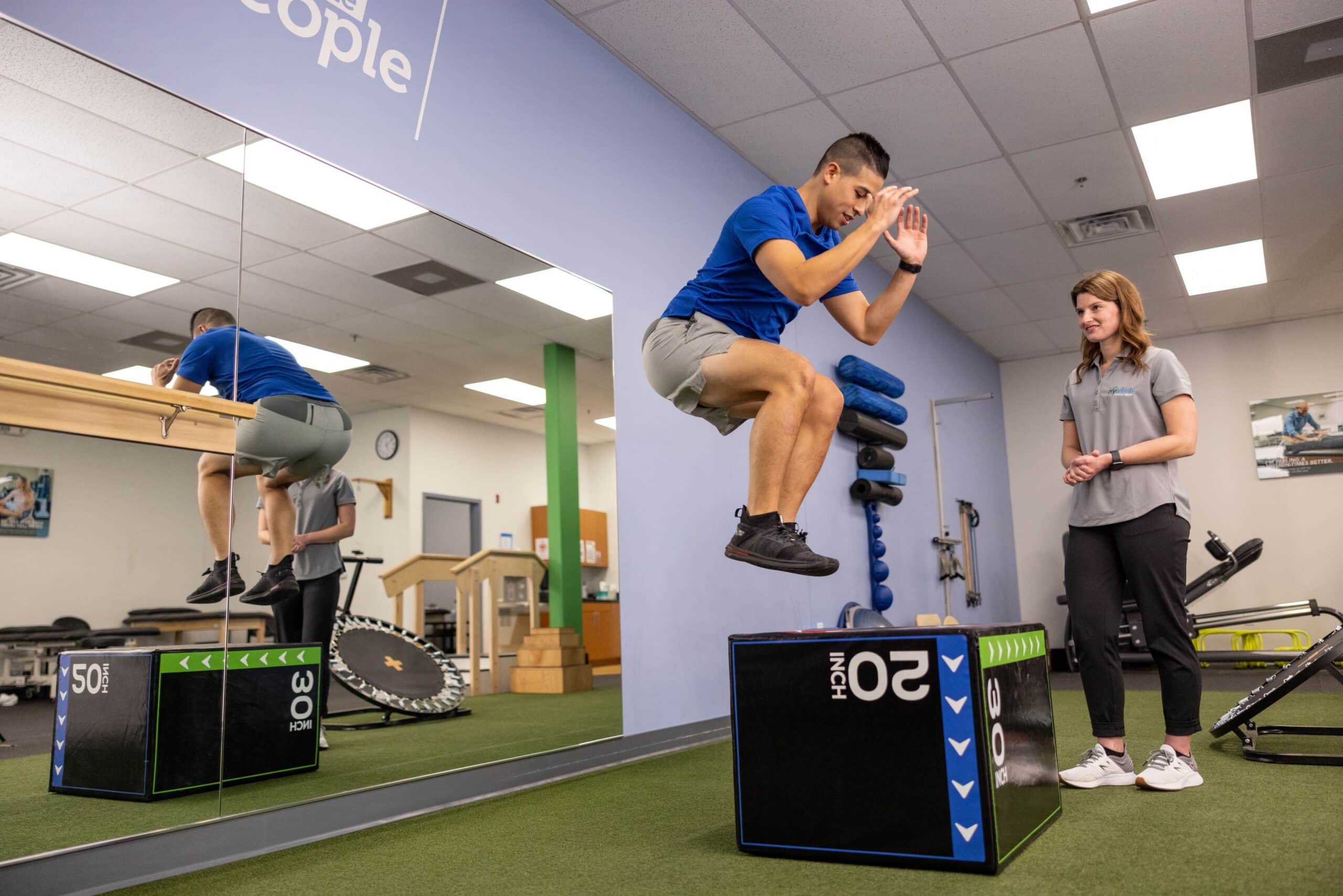Refining this art of ergonomics is critical for designing office setups that advance comfort and work output. Workplace ergonomics is the science of designing work environments, equipment, and responsibilities to match the needs of workers. By focusing on how users engage with their workspace, businesses can alleviate discomfort and prevent repetitive stress disorders. An ergonomic workspace supports efficient movement and minimizes strain, which can lead to improved performance and satisfaction among team members.
One foundational component of human factors design is the organization of furniture and devices. Workstations should be at a level that enables users to remain seated with their forearms at a 90-degree angle while inputting data. Ergonomic seats should deliver proper lumbar stability for the lower back, promoting spinal alignment. Additionally, screens should be aligned at visual height to avoid neck strain. By confirming that these elements are properly adjusted, employees can copyright a ergonomic position throughout their workflows, decreasing fatigue and improving focus.

An additional important factor look at this site in an ergonomic workspace is the use of appropriate tools and equipment. This includes typing hardware, pointing devices, and other devices designed to minimize cumulative trauma disorders. For instance, using an ergonomic keyboard can help minimize wrist pain caused by long-term typing. Furthermore, modular seating systems and height-adjustable workstations enable employees to change their position throughout the day, which can alleviate postural fatigue and amplify alertness. Allocating resources toward high-quality ergonomic solutions can lead to healthier work habits and elevated productivity rates.
Visual conditions is also a vital element in ergonomic design. Balanced lighting can minimize visual fatigue and make it easier to focus on their job functions. Sunlight is optimal, but if that is not available, using adjustable artificial lighting can assist in maintaining a comfortable atmosphere. It is necessary to avoid overhead fluorescent lights that may trigger headaches or fatigue. By incorporating adequate lighting, employers can establish an environment that enhances both comfort and work quality.
In closing, encouraging regular breaks is key for sustaining an ergonomic workspace. Motivating workers to take short breaks can assist relieve physical tension and mental overload. During these breaks, users should be encouraged to move around or get up to improve circulation. Structuring planned break times can assist establish a workflow that values health without reducing output. In summary, applying ergonomics in the workplace not the original source only improves comfort but also cultivates a more productive work culture where professionals can thrive.